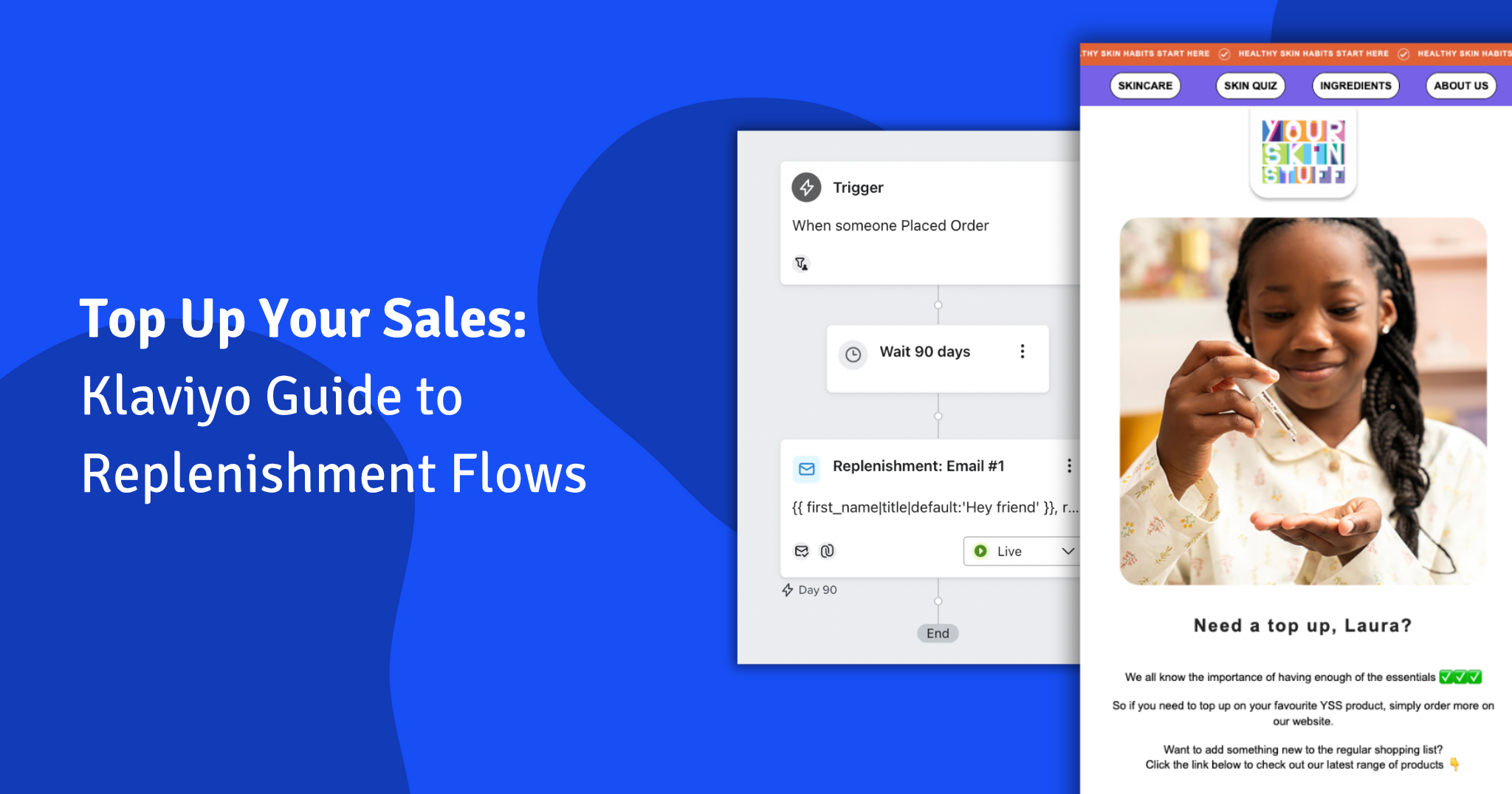Modern link building strategies are always evolving.
Modern link building strategies are always evolving. Over the last few years, the staple of most link building campaigns has been to build links to creative content. For instance, infographics, statistic roundups and ‘how to’ guides. In theory, this is a great step forward, but there’s a catch or two.
The idea is to create something that is awesome enough that bloggers would want to feature/link to it simply due to its awesomeness (for free). That is no mean feat! Your creative assets have to be pretty epic to achieve this. That takes talented people and considerable investment.
Then, like older styles of link building, you still have to do outreach promotion and more often than not, create copy for third-party websites. Whatever you produce must not remotely resemble “marketing” or you risk bloggers requesting money (which you cannot accommodate). So, there’s often no more value than any link acquired.
Furthermore, using this model you can’t really optimise anchor texts, nor point links directly to target landing pages. Instead, the technique largely relies on an increase in authority across the whole domain. As domain authority increases, the intention is that the needle is moved across your entire portfolio of keywords. This opens up a whole world of attribution modelling issues, and difficulties demonstrating any clear impact and returns from links built.
End to end, modern link building strategies are resource-hungry beasts. It’s a leap of faith making SEO an intimidating (but super-worthwhile!) investment. And, links are a necessary evil for improving performance in Google, so you just have to get on with it.
How does Google think you should build links?

In Google’s idealistic world, the answer is:
What Matt’s saying is that the only way for links to be authentically natural is to not build them. Instead, create an environment where they build themselves. This is sometimes referred to as Link Earning.
Link Earning is a great concept.

Again, it’s driven by creating awesome content, minus any proactive promotion that will directly influence or encourage link acquisition (asking for links!). You’re essentially relying on strangers to discover your pages and kindly link to them.
It would be amazing if it could be relied upon, but it’s a bit hopeful to hang your hat off it. In the current climate, where a deluge content-for-content sake is sweeping the internet, cutting through and standing out is potentially too challenging for many businesses.
The market is basically, saturated.
Quantity of Content vs. Engagement – Source
It IS possible to succeed but only with significant investment, talent, integration, and infrastructure that enables your content marketing to operate like a stealth bomber.
We should always aspire to this, but be prepared to dig deep and play the long game. This is no longer a marketing space where “the agency will take care of it for me” – client and agency integration holds the key to success. As does patience.
Content marketing and link earning have their place, for sure. But ultimately, people want fast, tangible results so, for the majority, this simply isn’t practical.
So, how do you successfully build links in 2018?
The bottom line is, there are no cheap and cheerful solutions for building quality links that will power your SEO success. Therefore, the focus should be on efficiency, both in terms of execution and returns. Think bigger.
By investing in broader services like PR and content, you’ll build links at the same time as affinity amongst customers and influencers. You can measure multiple returns and see the broader value of work undertaken.
We call this Digital PR!
A Digital PR campaign should be measured against all the things that traditional marketing campaigns are:
- Brand Awareness (brand impressions in Search Console!)
- Brand Sentiment
- Brand Mentions
- Campaign features (even if there’s no link or it’s “no followed”)
- Social shares and engagement
- Website traffic
- Any calls to actions – signups, leads, sales
- Oh, and links… loads of links…
What is most appealing about this model is this:
Greater ROI = increased investment = a higher standard of campaign required to cut through the noise = more better links
It’s a win-win!
When you cast a wider net on what you were trying to achieve and assess the results on a bigger scale, the same campaign suddenly begins to look a whole lot more attractive an investment.
There are even more great advantages to doing this:
- You won’t get caught link building because you’re not
- You can build more authentic relationships, leading to better placements
- Ignorance is bliss – you sidestep the whole “we charge for links” thing
- You can cast away the negative connotations of link building
- You will increase your success rate because people will actually talk to you
- Your pitches will be taken more seriously if they don’t reek of SEO
- You will open doors that would otherwise be closed
If all that wasn’t enough, Google and Bing have had patents on algorithms which can be used to measure brand mentions. The industry is calling this “Linkless link building”. It’s not hard to assume that Google are starting to use brand mentions and sentiment in their rankings, so all that non-SEO focused PR may well be helping to drive SEO after all.
So… Maybe it’s time to stop worrying about links and just focus on marketing.
If you’re interested in SEO, Social Media, Content Marketing or Digital PR, drop us a message and we’ll talk you through our vision.


